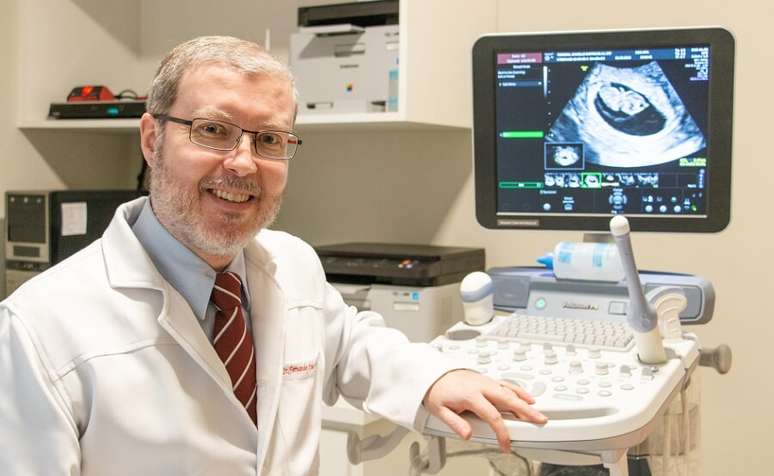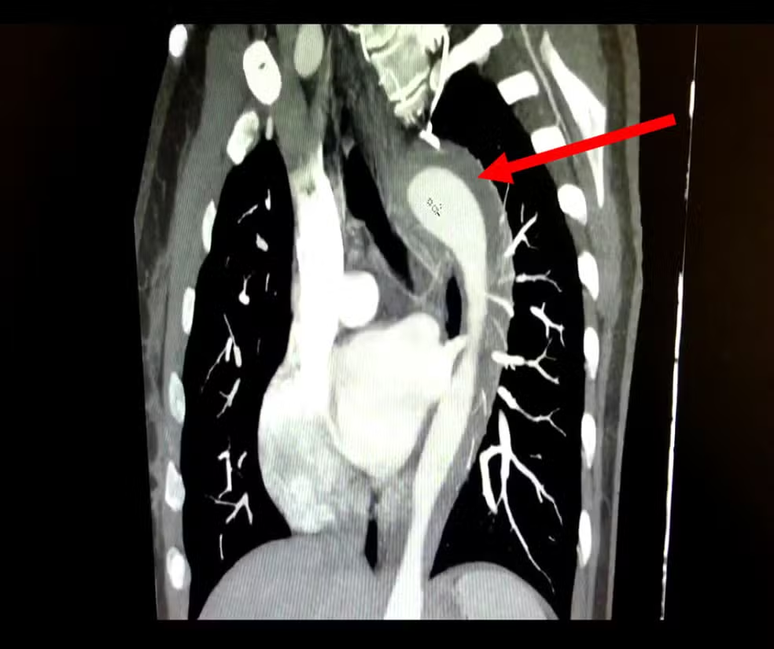Find out if it is possible to choose the sex, eye and hair color of the child
There is a big myth that assisted reproduction treatments allow you to choose the physical characteristics of the child. But is it really like that? Can parents choose the sex, eye color and even hair color of their future children?
“In fact, treatments do not provide additional information about the characteristics of future children. However, we are able to identify if there is any chromosomal change that could cause miscarriages or syndromes and also if the embryo has any known genetic disease. It would be possible to choose the sex of the child because the genetic test can identify which sex chromosome the embryo has, X or Y”, explains Fernando Prado, specialist in Human Reproduction, member of the American Society of Reproductive Medicine (ASRM) and clinical director of ‘ NeoVita.
“However, it is not ethically permitted by the Federal Medical Council to choose the sex of the embryo, except in cases where there are sex-linked diseases, such as haemophilia. In these cases, the embryo can be chosen with the sex that does not carry the gene to avoid transmission of the disease,” he adds.
What is and what is not possible
“Eye color, hair color, skin color, height, you can’t choose it. There is still no technology in the medical field that allows you to choose these characteristics and I also think that it will be very unlikely that regulatory bodies will allow you to choose these characteristics, because we must always think that eugenics must be avoided at all costs”, adds the doctor.
Eugenics is a concept that fuels prejudicial and racist ideas, which supports the selection of human beings based on their hereditary characteristics with the aim of “improving” future generations.
The doctor explains that genetic testing on embryos can be done in two ways.
“It is possible to do a test to find out if the embryo has changes in the chromosomes, what we call structural changes, that is, they are changes in which the embryo has more or fewer chromosomes. We can also check if the chromosome has any missing pieces or exchanged pieces and these changes are known as aneuploidies. There is also the search for monogenic diseases, those in which only one altered gene can cause the disease. For example, if there is a family history of a chromosomal disorder such as hemophilia or sickle cell anemia. These diseases can be looked for in the embryo and we know if it does not carry the gene”, explains the doctor.
Tests for diseases
Both the test for structural alterations and that for monogenic diseases are carried out in the same way: it is necessary to take, via biopsy, some cells from the embryo when it reaches a stage of development called blastocyst.
“At this stage we remove six to ten cells and the embryo will have around 120 to 150 cells. These cells are stem cells, so they regenerate and this is completely safe for the embryo. After being removed with the help of a laser, these cells are sent for analysis, where changes in the chromosomes or in the specific gene being researched are looked for,” explains Fernando.
Genetic testing is not routinely performed. “There are some indications and we recommend that patients only do so when they are included in these specific groups. These groups include cases in which the woman is over 35 or 40 years old, cases in which a recurrent miscarriage has occurred – which are those situations in which the couple has already had more than two consecutive miscarriages – or when a situation known as implantation failure, that is, when the couple receives high-quality embryos more than twice and these do not implant in the uterus, without resulting in a pregnancy,” explains the specialist.
According to him, genetic tests are also indicated when there is a genetic disease in the couple’s family or when the person himself is a carrier of a known gene, as in the cited examples of hemophilia or sickle cell anemia.

The doctor emphasizes that the tests have a very high accuracy rate, above 99%.
“When an alteration is detected, it really exists and the embryo really has that defect in the chromosome or gene. The results of structural changes, which are those in the chromosomes, tend to appear very quickly, usually within a few hours or at most five days. When we do research on genes, the times are a little longer, about two weeks or at most a month,” she explains.
The discovery of genetic diseases occurs before implantation. “When the biopsy is performed, the embryo is frozen pending the test results and once this result is known, the patient’s uterus is prepared with hormones. Only then is the normal embryo thawed and transferred to the uterus, avoiding the transmission of genetic diseases or chromosomal syndromes,” explains the doctor.
Twin pregnancy test
It is also not possible to know whether or not a twin (twin) pregnancy will occur. “However, when we transfer two or more embryos into the uterus, the risk of multiple pregnancies increases significantly. To give you an idea, the risk of having twins in a natural pregnancy is 0.1% and when we transfer two embryos, this risk can increase up to 30%,” explains Fernando.
“Because any multiple pregnancy is considered a high-risk pregnancy, we do not recommend couples become pregnant with twins. The clinic usually recommends carrying out a procedure that we call SET, which is an acronym in English that means single embryo transfer, that is, we put only one embryo into the uterus at a time, logically respecting the rules of the Federal Council of Medicine. The idea is to ensure a safer pregnancy, one baby at a time, greatly reducing the risks of premature birth, gestational diabetes, preeclampsia or other diseases during pregnancy. Safety is an important principle to respect in treatments with assisted reproduction techniques,” explains the doctor.
In the case of donating gametes, i.e. sperm or eggs, the receiving couple not only can but must choose, according to the doctor, the characteristics of the donor.
“Donors must have the same physical characteristics as those receiving the gametes. So, for example, the same ethnicity, the same skin color, in theory the same eye color, hair color… all this is important so that the child born thanks to this treatment can have a physical resemblance to his parents. So it is possible to choose between the blood type, the physical characteristics, the donor’s profession, hobbies, in short there are a series of details in the questionnaire that the donors fill out which make the choice easier for the receiving couples. All this so that it adapts as much as possible to the characteristics of future parents”, concludes Fernando.
inspires transformation in the world of work, in business, in society. Compasso, a content and connection agency, is born.
Source: Terra
Ben Stock is a lifestyle journalist and author at Gossipify. He writes about topics such as health, wellness, travel, food and home decor. He provides practical advice and inspiration to improve well-being, keeps readers up to date with latest lifestyle news and trends, known for his engaging writing style, in-depth analysis and unique perspectives.




-1iukw1rasftya.jpg)




